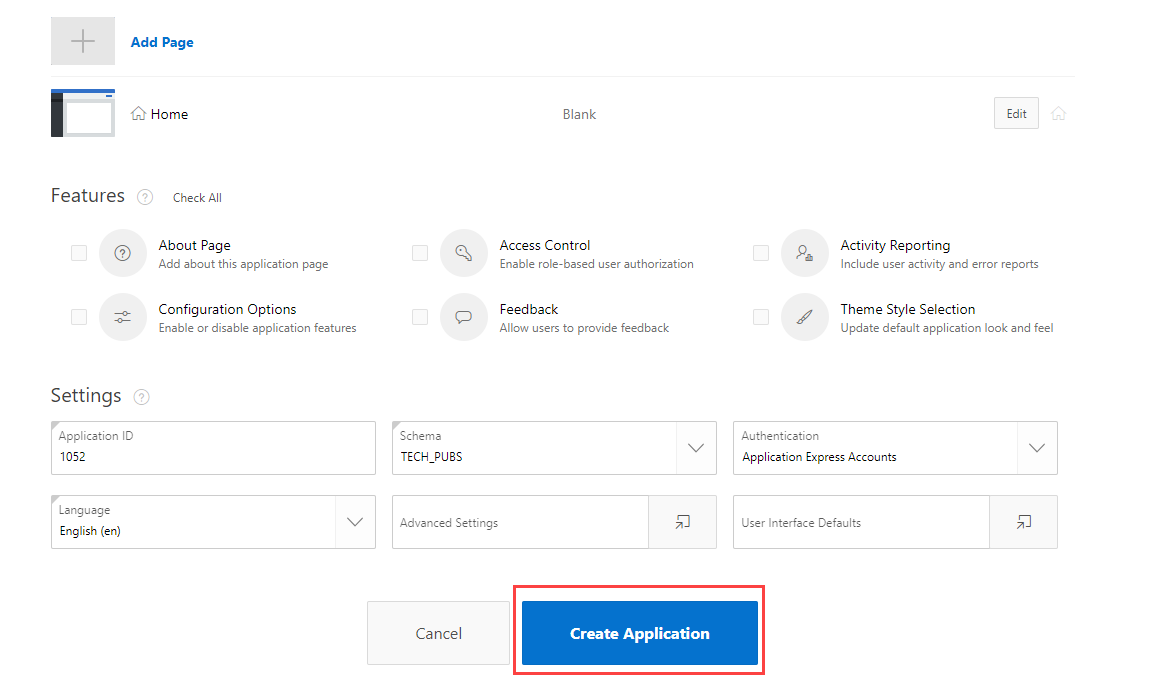

This menu lets you do other, non-application-related things. The modifier keys have a role here as well: Option will hide the application you select from the menu Control will hide the active application before switching to another application while holding both Control and Option will switch to another application and hide all other open applications.įrom the preferences you can opt to reopen applications whenever you are making them active. This menu is obvious enough, letting you change between the currently running applications. Two modifier keys make all the difference here, namely: Option, which will turn the menu into a Force Quit one and Control, which will put this menu into Force Quit & Relaunch Mode. A warning, "System Events," "SystemUIServer" and other core system background tasks are not to be meddled with if you do not know what you are doing. Here, the gem is the "Background Only Applications" menu, that contains all those little widgety things that you cannot normally interact directly with. You have a "Quit Others" and "Quit All" options by default in the menu, but they are not that useful. This menu will display all the currently running application, whether they are independent or part of a group. Also, you can configure the application so that Application Wizard will always open it in Classic mode. This will work even for those applications that do not have an "Open in the Classic environment" option in the Finder's Info window. If you have a program that can run in the classic mode, and it will refuse to run in anything but OS X mode, you can force it to launch in Classic mode by holding down the Option key as you select it from the menus. The one true gem here, besides being able to open groups of applications at a time, is the 'Force Classic' option. The Open menu lets you open applications, the default options, besides the groups that you can create yourself, include: dock applications, although unfortunately it does not filter the applications that are in the dock and have already been opened recent applications, which can hold up to 50 recently opened applications any application that is located in the Applications Folder, on your system drive any application that is located in your classic applications folder and last but not least, any preference pane.

You can enable or disable any of those four buttons and change the order they are displayed in. It contains four small buttons, very much like the ones on the toolbar of any OS X window. The dock-like panel can be placed on any side of the screen, although if it overlaps with the dock, it will not work, and can be set to hide and show automatically. The keyboard shortcuts are customizable and will open up the respective menu associated with the keystroke underneath the mouse pointer in the form of a contextual menu. No matter which way pleases you more, everything you can do in it is split up into four categories or menus, these being open, quit, switch, and special. There are two ways you can interact with Application Wizard, either through its little dock like drawer, or through system wide contextual menu shortcuts. The entire program is packaged as a preference pane, which is split up into four sections. In addition to this, it lets you interact with 'faceless' applications, that do not have a dock icon or menu. That name and description might sound corny or hint redundancy, but this is not the case.Īpplication Wizard lets you work with applications, or groups of application, closing them, hiding them, relaunching or performing combined functions such as force quiting and restarting all in one fell swoop. It gives you total control of opening, switching and closing your applications. log out, put your computer to sleep, restart it and shut it down.Īpplication Wizard is a power-user tool.In addition to that Application Wizard allows you to:.show and hide single applications or groups of applications.switch to another application while hiding the current application or the other applications.force applications to quit or force them to quit and relaunch them.quit multiple applications at one time.open applications automatically at startup.open applications in the Applications folder, Classic Applications folder and Developer Applications folder or in any other frequently used folder.open recent applications, applications in the Dock and System Preferences panes.open multiple applications at one time.open favorite applications or groups of applications.


 0 kommentar(er)
0 kommentar(er)
